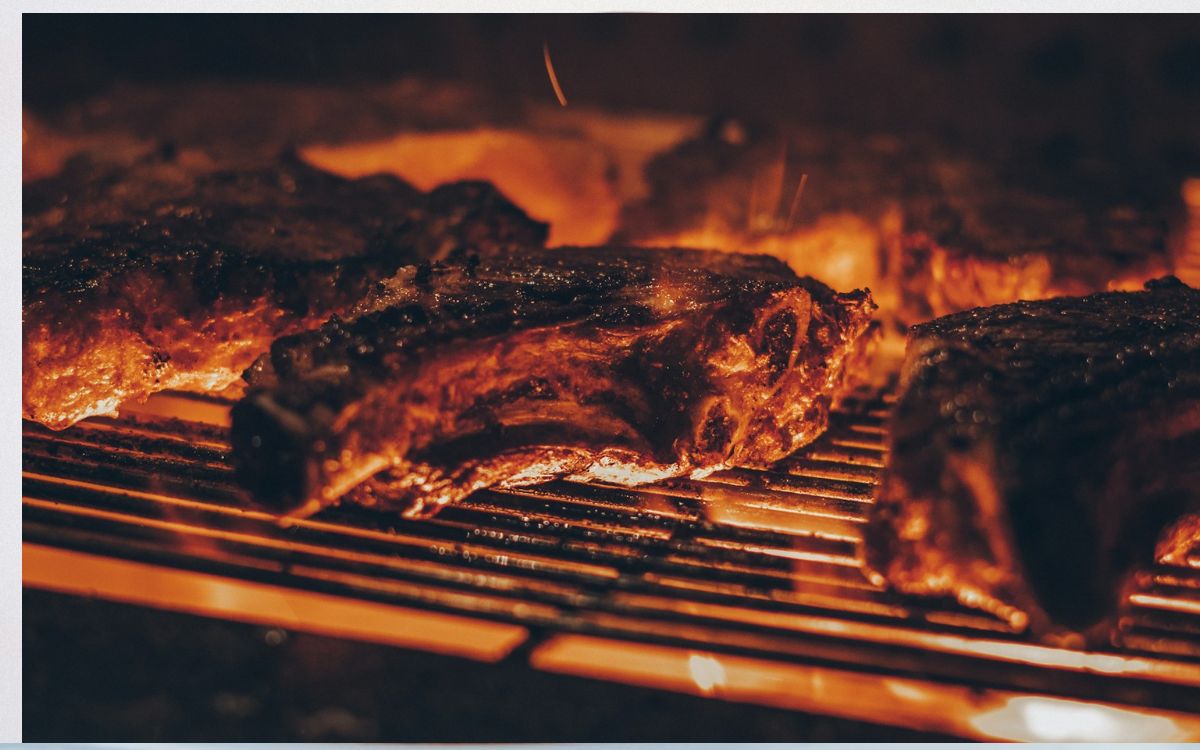I Asked Butchers How To Choose the Best Steak, and They All Said the Same Thing

Walk into any butcher shop and you’ll find one universal truth: every great steak starts long before it hits the pan. The butchers behind the counter aren’t just selling meat, they’re reading it. They see details most of us miss: the fine lace of marbling, the deep color that signals flavor, and the texture that hints at tenderness.
Ask them how to choose the best steak, and their answers echo the same core advice. It’s not about buying the priciest cut or chasing restaurant trends. It’s about understanding what kind of eating experience you want and matching that to the right cut, grade, and cooking method. Whether you’re after buttery softness or bold, beefy depth, the key lies in learning how to read the meat and handle it right.
What this really means is that steak-buying isn’t guesswork; it’s a craft. Once you understand the basics butchers swear by, you’ll never walk into the meat aisle the same way again.
Start With What You Actually Want
Steak buying isn’t about memorizing cuts; it’s about knowing what you like. Butchers say the best steak fits your flavor and texture preference as much as your cooking plan. Want buttery softness? Go for tender muscles like filet mignon. Prefer deep beefiness? Ribeye or strip will give that bold flavor with satisfying chew. The goal is balance; the cut, fat, and bone should suit your taste, not just your budget.
Flavor Versus Tenderness
Every steak sits somewhere on the flavor-tenderness scale. The more a muscle works on the animal, the tougher but more flavorful it becomes. Ribeyes are rich and juicy thanks to marbling, while tenderloins are buttery but milder.
Neither is “better.” They’re just different experiences. Choosing well means deciding which experience you want before you buy, not after you cook.
Cooking Method Matters
Cooking style changes everything. Butchers always ask how you plan to cook before recommending a cut. High-heat sears favor marbled steaks like ribeyes and strips. Slow-cooked dishes do better with tougher cuts like flank or hanger.
A thin cut might suit a quick pan fry, while thick steaks need time to sear and rest. When your cut and cooking style match, even a simple meal feels restaurant-level.
Learn to Read the Meat
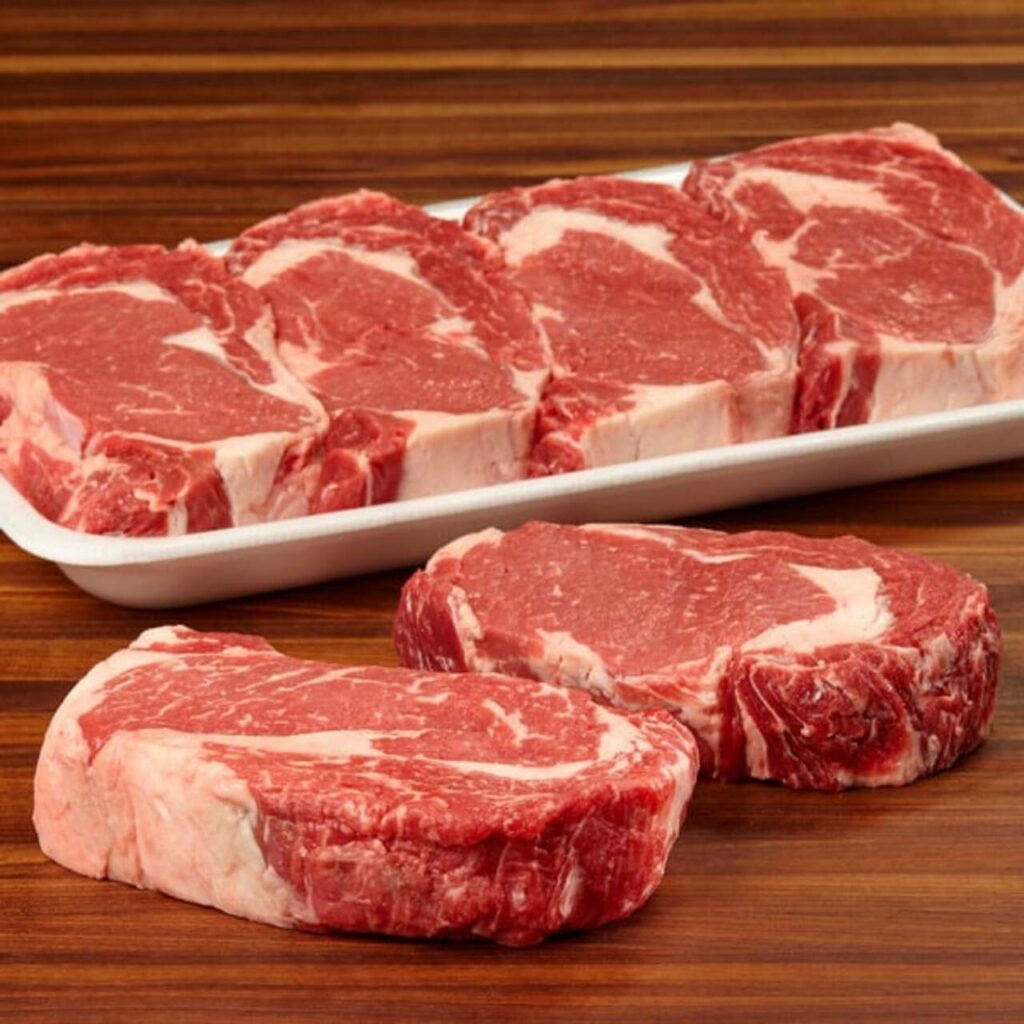
A good butcher judges steak by sight and feel. You can too. Look for even marbling, small streaks of intramuscular fat that melt into flavor. The color should be deep red, not brown or dull.
Touch it lightly; it should spring back instead of leaving an indent. Avoid excess liquid in the package. These small checks tell you more than any label about the steak’s freshness and quality.
What Marbling Really Means
Marbling is the network of fine white fat running through lean muscle. It’s what makes a ribeye juicy and flavorful, even with minimal seasoning. The fat melts as it cooks, basting the steak from within. More marbling means more richness, but it’s about even distribution, not just quantity. Uniform marbling cooks evenly and prevents dry spots, especially under high heat.
Thickness and Shape
Thickness decides how well you can control doneness. A 1½- to 2-inch steak is ideal for searing or grilling because it lets you form a crust without overcooking the middle. Avoid steaks with uneven thickness, one end rare, the other well done. A uniform cut also rests better, keeping juices distributed instead of pooling out. Shape may seem trivial, but consistency defines quality.
Know Your Core Cuts
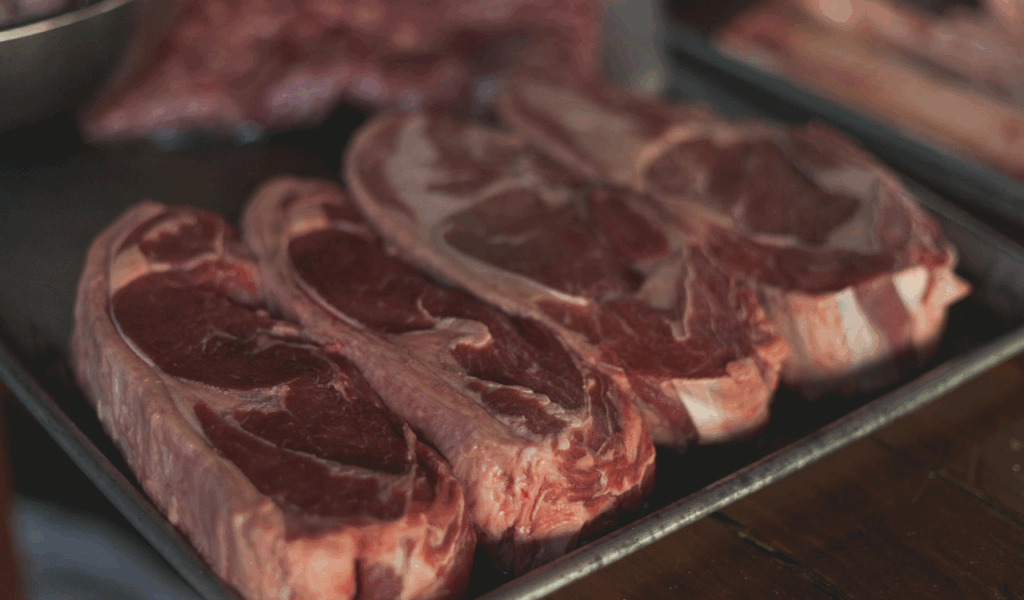
You don’t need to memorize every cut, just the main personalities. Ribeye is the indulgent favorite: marbled, flavorful, and forgiving. New York strip offers a balance between chew and tenderness. Filet mignon is ultra-soft but mild, while flank and skirt bring bold flavor if sliced right. Butchers think in anatomy: the less a muscle works, the more tender it is. The more it moves, the more flavor it develops.
Prime Picks for Grilling
If you love grilling, ribeye and strip are reliable standouts. Their fat content keeps them moist over open flame and produces that signature sizzle. Choose bone-in if you want extra flavor; the bone slows heat transfer and deepens the taste. Let them rest after cooking; five minutes is enough to lock in juices and balance the interior temperature.
Value Cuts Worth Knowing
For smaller budgets, flank, hanger, and bavette steaks offer impressive flavor. They come from hardworking muscles, so they’re tougher but respond beautifully to marinating. Cook them quickly over high heat, then slice against the grain. Done right, these “butcher’s cuts” can rival pricier ones in taste. That’s why many chefs secretly prefer them.
Talk to Your Butcher
Here’s the thing: your butcher knows more about steak than the packaging ever will. Tell them how you plan to cook and what texture you like. They can suggest the best cut, trim excess fat, or even cut to your preferred thickness. Building that rapport pays off; you’ll get fresher, better meat, and sometimes a tip on what’s best that day. Regulars always get the good stuff first.
Ask the Right Questions
A simple chat can reveal a lot. Ask where the beef comes from, how long it’s aged, and which cut matches your cooking plan. Butchers often age beef differently; dry-aging boosts flavor, while wet-aging keeps it tender. The right question might lead to a better steak than what’s in the display case. Most butchers appreciate curiosity; it shows you care about quality.
Trust Their Judgment
When in doubt, let them guide you. Butchers handle and cook steaks daily. If they suggest a less familiar cut, try it. You might discover a favorite you never considered. Trust is part of the process; they want you to love what you buy because happy customers come back. A good butcher remembers your preferences like a sommelier remembers a regular’s wine order.
Match the Cut to the Method
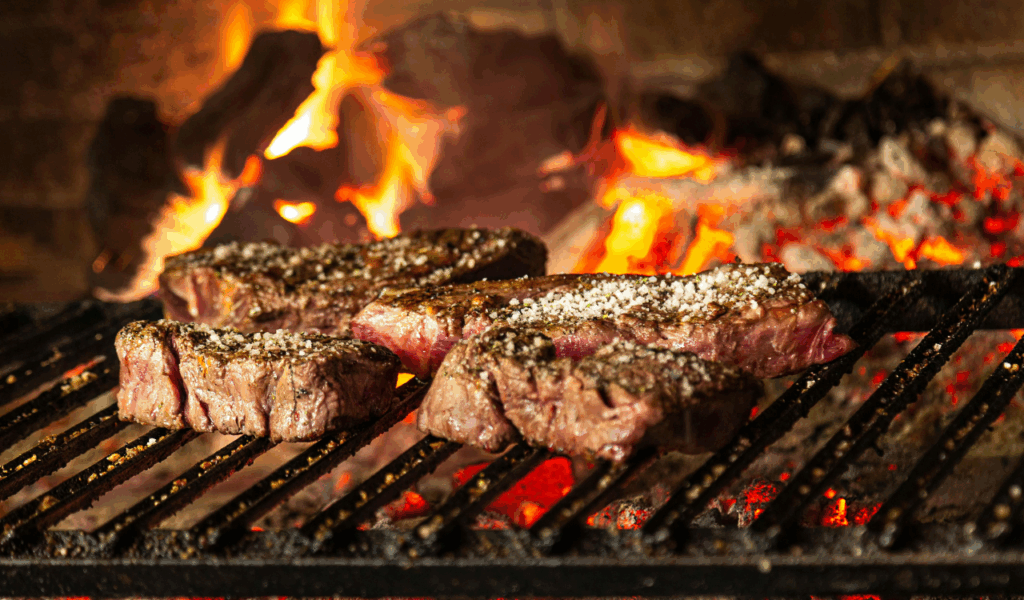
Cooking style and cut choice are inseparable. Thick, marbled steaks thrive under direct heat, think pan-seared or grilled. Tougher, leaner cuts need slow cooking or slicing techniques that preserve tenderness. You can’t treat a skirt steak like a ribeye and expect the same result. Good butchers match the cut to your skill level and equipment, ensuring success every time.
Heat and Timing
Temperature control defines a good steak. For pan or grill, sear hot and finish gently to retain moisture. Reverse sear works best for thicker cuts, slow heat first, then a high-heat finish. The thicker the steak, the more control you need. Use a thermometer instead of guessing. It’s not a crutch; it’s what pros do to keep consistency.
Fat, Bone, and Flavor
Fat isn’t waste, it’s the key to flavor and texture. Bone-in cuts hold more moisture and flavor as they cook. Trim excess fat around the edge, but leave the inner marbling intact. When rendered properly, fat creates a buttery finish that coats your palate. Every butcher will tell you: respect the fat, and you’ll taste the difference.
Buy Smart and Handle Right
Buying steak is part observation, part strategy. Check marbling, color, and firmness. If pre-packed, choose recent dates and avoid excessive liquid.
Ask for a thickness between 1½ and 2 inches. Good beef should never look watery or limp. Bring it home, pat it dry, and rest it before cooking. Handling is half the result; even great cuts lose potential with poor prep.
Packaging and Freshness
Vacuum-sealed meat can be excellent if it’s recently packed. Check for tight seals and minimal air pockets. If you buy from a butcher, ask when it was cut.
Aged beef should smell clean, never sour. Color variation is normal, but off smells or sticky surfaces aren’t. Freshness makes or breaks texture, and no seasoning can fix a compromised steak.
Storage and Resting
Store steak cold, but never cook it cold. Let it rest at room temperature before cooking so the interior cooks evenly. After searing, rest it again to let the juices redistribute. Skip these steps, and even premium beef will dry out.
Butchers insist that resting is what turns a decent steak into a great one; it’s the quiet part of cooking that matters most.
What It All Adds Up To
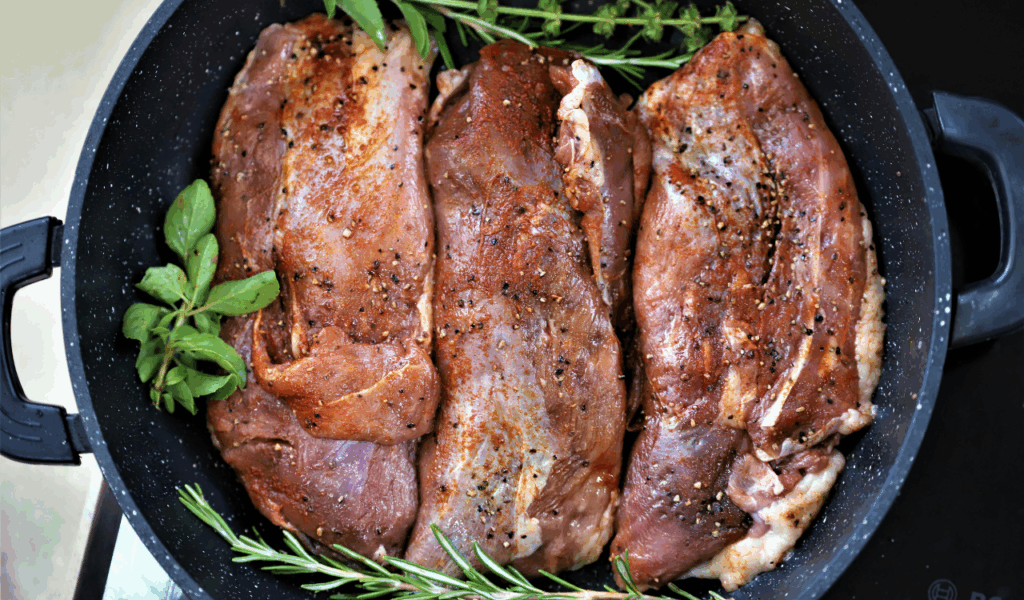
The perfect steak isn’t about luck or price; it’s about alignment. Choose a cut that suits your taste, match it to your cooking method, and handle it with care. Every butcher says the same thing because it works: consistency beats complexity.
When you start selecting meat with intent, cooking becomes easier and results improve. That’s the hidden beauty of steak-buying wisdom: it’s simple, it’s practical, and it never stops being satisfying once you get it right.
References
- A Complete Guide to Steak – thekitchn.com
- What to Look for in Steak – weber.com
- How to pick out the perfect steak – farmprogress.com


